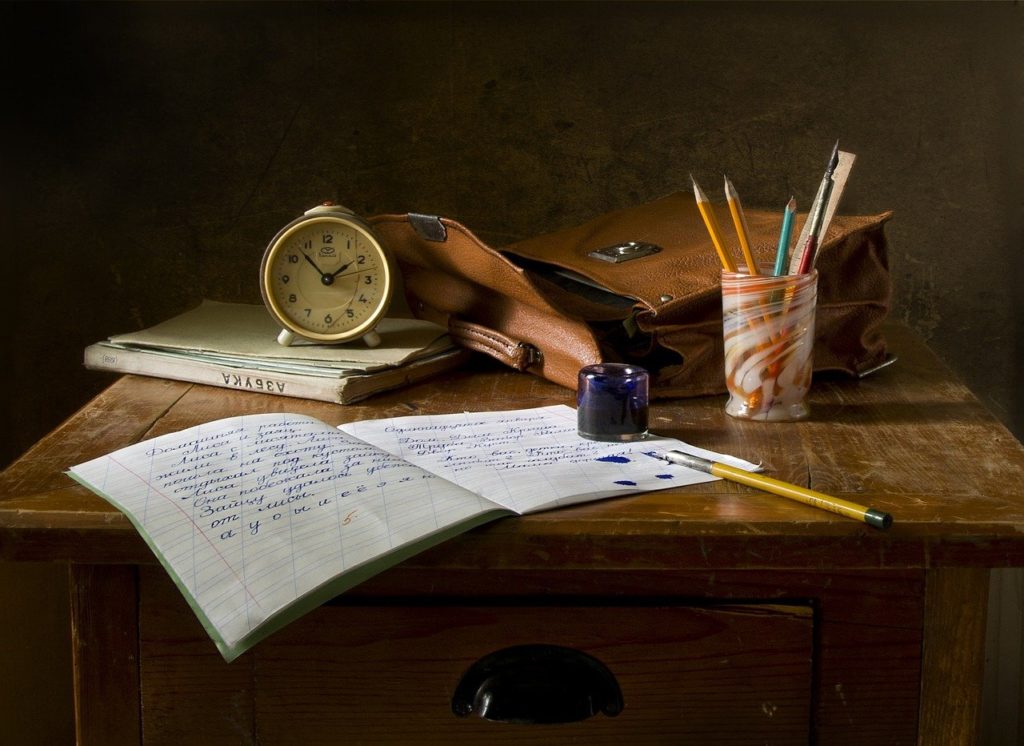
Academic level writing is often challenging for students of any grade. If you are a first-year student and don’t like to do your assignments, you should approach this task in a new way. Remember, you should manage creative assignment writing not once. Moreover, writing texts for your class can be helpful to increase your analytical skills for further your career. When you need to get help with assignment, you can ask for it from reliable educational services. Also, you can use original techniques to make your texts valuable and engaging.
Technique №1: Association game
This is a popular yet helpful exercise that will help you to enrich your imagination. With the simile principle, you can dive into the deepest place of your subconsciousness. Using “as” or “like” words, you can include a comparison to your text. For instance, set a case from your life to illustrate this idea:
“I was embarrassed when I saw flies eating spiders in the corner of my room. It was so unusual, like me breathing under the water. I didn’t know why it had happened. Perhaps, flies became hate spiders so much as I hate algebra class.”
Technique №2: What if…
Decide yourself what topic is engaging for you to play in the “What if” game. For instance, you’ve always been dreaming of studying at Hogwarts. Then, you can invent a topic for your assignment that sounds like “What the World be Like if Everyone Can Choose Study in Hogwarts.” It is not quite far from the association game, but you can define new perspectives from this exercise. Use it to increase your creativity in writing and meet any challenge with a smile.
Top “What if” ideas:
- What if I can fly.
- What if food can eat people.
- What if scientists invented a tool for animals’ language decryption.
- What if my friends become vampires.
- What if I can read ten books a day.
Technique №3: Group story
If you don’t know how to expand your imagination, play this game with your college friends. Organize a session in class and write line by line in each new turn. Remember, when you start the game, it is essential to wrap your sentence and write the guessing point. This helps to detect for the next participant what they should write. For instance, it could be a question (what, how, who, where, when, etc.) or prompt (green, big, warm, heavy, etc.).
Technique №4: Subconsciousness flow
This is a popular yet exciting technique used in the most prominent modernist novel “Ulysses” by James Joyce. You can choose any situation or person as a starting point and push off it. Jump around from one thought to another to free up your inner artist and implement it in your text. Seemingly random ideas can connect your points to the entire story.
By reading the result of your ramble writing, you can be impressed by how easily you can express your viewpoint. This exercise is primarily advantageous for experienced writers because daily writing can blur their creativity. Otherwise, young writers can also use this method to overcome writing blocks and deliver thoughts freely.
Technique №5: Alternate story
For this game, you need to use your favorite book and create a personal story around it. There could be several variations. In the first version of this exercise, an author can save characters’ names and add unique situations inside the scene. In the second version, a writer could change names for real-life personalities and describe classical composition in a modern interpretation. This alternate-story game can develop your rewriting skills and enhance plot analytical skills.
So, these five lucky ideas can bring your creativity to life. Always experiment with your assignment’s content no matter which field of study you research!